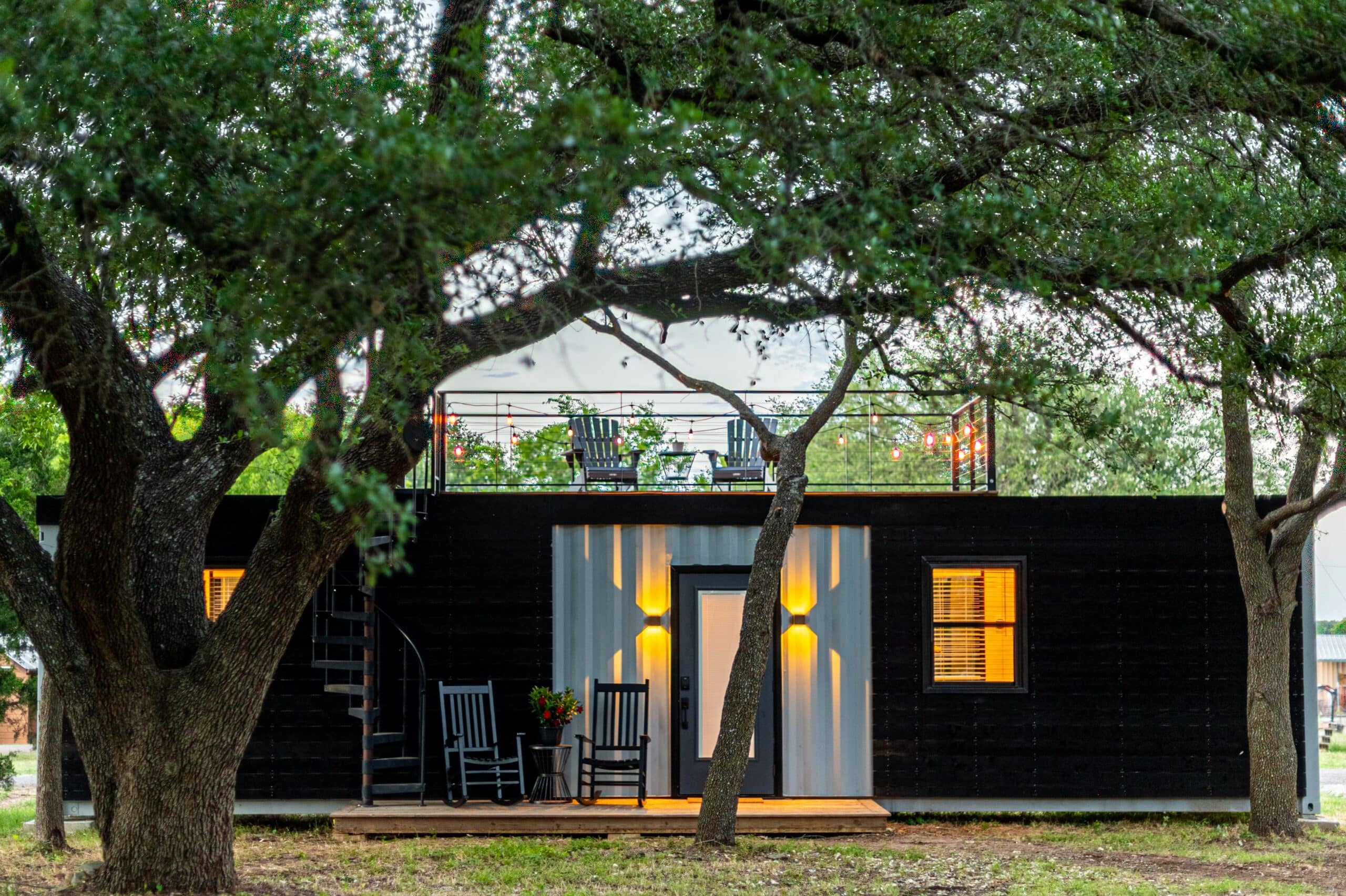Sustainability is necessary to reverse the dangerous effects of climate change. One way to reduce your carbon footprint is by embracing the many eco-friendly housing options that are good for you and the planet. It can be hard to embrace change, and the stigmas associated with many green housing options prevent many from accepting a new type of home. However, by breaking free of the stereotypes, sustainable housing can become more popular and produce positive change.
—
What Is Sustainable Housing?
A sustainable home is built, operated, and maintained in ways that reduce the owner’s carbon footprint and the impact of climate change. Modern technology and conscious practices formed many ideas for building more efficient homes, one of which could be ideal for you.
1. Prefabricated Homes
Manufacturers produce these homes in factories and transport them to the building site, where they are permanently assembled. They do not take nearly as long to construct as traditional houses, making them energy-efficient and cost-effective.
These houses are only exposed to weather conditions during a week or two of assembly, so they can be sturdier than others facing months of sun, wind, and rain. These structures are often made from high-quality materials since they come in set designs and are built at scale.
Why they are not popular (but should be): Many people do not like the idea of their home being assembled in pieces instead of being built from the ground up. There is a stigma that they are cheaply made and unattractive, but that is far from the truth. Many companies offer customisation options, and they can last as long as stick-built homes with proper care.

Photo by Harry Pepelnar on Unsplash.
2. Tiny Homes
These homes, often built on trailers, are the epitome of convenience. They are typically 100-400 square feet, making them great for singles or small families who want the flexibility of moving their house while having a unique, sustainable design.
They do not take up a lot of space and have a significantly lower carbon footprint than conventional homes. Homeowners also save money on utility bills that they can spend elsewhere. Tiny homes are ideal for those who want a large yard or wish to be more minimalistic.
Why they are not popular (but should be): There is a common belief that tiny homes have no storage, but that is not true. They do not hold as many items as traditional houses but they boast unique storage options that let you have everything you need under your roof. Some might also think these homes are not as sturdy as standard-sized houses, especially since they are mobile. However, with the right materials, they can provide plenty of space.
3. Earthships
Earthships are built for off-the-grid living and feature modern luxuries in innovative ways. Homeowners can use solar panels for electricity and other energy needs and advanced water-collection techniques for a consistent supply. While they can be challenging to build, they also provide a paradise that is good for the environment.
Why they are not popular (but should be): Off-the-grid living seems scary for most people, but Earthships have everything a modern home needs. They are often made from adobe bricks or compacted earth and are well-insulated with enough energy to fuel modern appliances. Create a garden for food and you can be in charge of your own oasis.
4. Straw Bale Homes
These unique homes combine new technologies with building techniques of the past. Builders use hay or straws to construct extremely insulated houses. Then, they cover them with plaster and clay to create a smooth, strong, relaxing space. Straw bale homes take less time to build than most other options, are made from low-impact materials, and do not require much maintenance.
Why they are not popular (but should be): Straw bale homes can be seen as archaic and less convenient than modern structures, but that is far from the truth. These houses could help you save a significant amount of money on your energy bills thanks to the insulation. Their low construction costs let you make your residence as traditional or unique as you want.
5. Shipping Container Homes
Millions of shipping containers carry items across the sea each year, but after they are discarded, they can decompose at a snail’s pace in landfills. These giant containers can be recycled into fully functional homes, giving new life to the container and providing a fantastic house for over a decade.
Why they are not popular (but should be): Many people struggle to see these containers as homes, but the right renovations can make them look and feel similar to a small modular house. It is true that they do not last forever. And yet, they are excellent options for someone pursuing an education or performing a work contract. They can also serve as unique rental properties for investors.

Photo by Jed Owen on Unsplash.
How to Make Sustainable Housing More Popular
There is hesitation around sustainable housing, but there are ways to make these homes more popular:
- Educate: Educating the public about sustainable housing options de-stigmatises these ways of living.
- Increase attainability: Many areas do not have companies that provide or guide homeowners in adjusting to sustainable housing. People are unlikely to pursue green homes if they cannot see the design and benefits. More prefabricated and tiny home lots can normalise these options.
- Provide financial incentives: Many states provide incentives to people who adopt solar energy and meet other efficiency requirements. Extending these to sustainable homes could encourage people to try them out.
Embracing New Housing Options
Sustainable housing is a step in the right direction toward a happier and healthier planet. Emphasising its benefits could help people find the perfect home for them.
Featured image by Andrea Davis on Unsplash.
You might also like: 5 Ways the Construction Industry Is Getting Greener

















